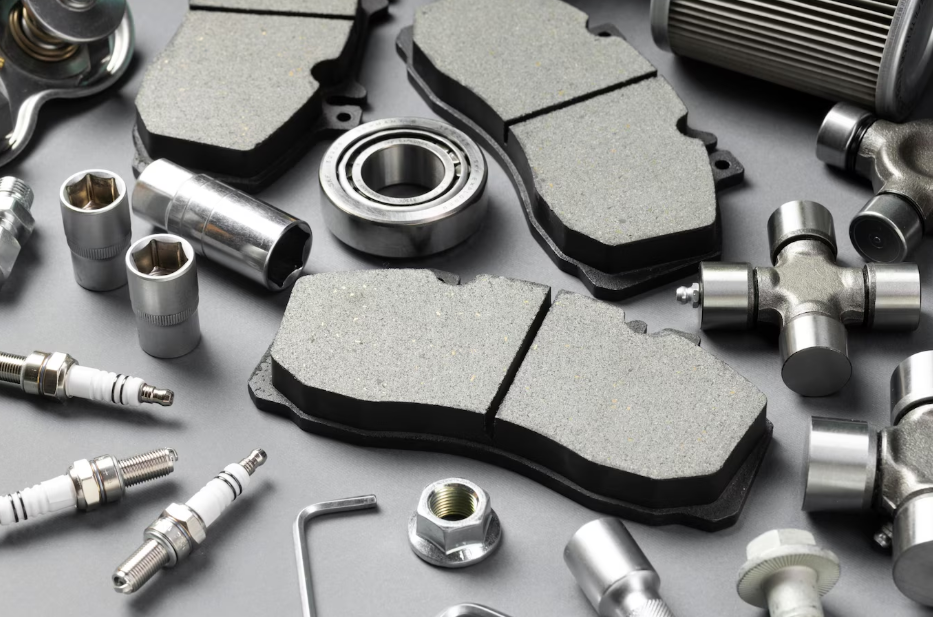In developing a product, you need to create a viable prototype first based on the design to test and evaluate its form and function. The options for prototyping were limited until 3D printing burst in the scene. This prototyping technique has overshadowed the rest, which makes manufacturers wonder whether they should consider other prototyping techniques to explore the capabilities of new products.
Although CNC machining is not as flashy and glamorous as 3D printing, prototypes made from this technique have better quality. And even if 3D printing is presenting an array of benefits, it cannot substitute for quality. Not only do CNC prototypes have the same strength and quality, but they can also be produced as fast.
Table of Contents
ToggleThe CNC Machining Process
CNC machining is a manufacturing process that uses computer inputs to control the machining tools. The significant benefit of CNC machining is it can work on materials that are harder to cut and crafted. It can create a product that falls easily within the design preferences.
The CNC prototyping process starts in the same way as 3D printing. However, that is where the similarities end because CNC machining is a subtractive process. It means that the prototype is created by cutting out the required materials. It may look wasteful, but a properly planned prototyping process will cut only a material that will best fit the specifications in its design.
How Does CNC Machining Fit the Prototyping Process
The advantages offered by CNC machining, including speed and accuracy, material strengths, and computer-assisted controls – are all aligned with the rapid prototyping process. Just like 3D printing, the CNC machining process has a low labor footprint and demonstrates high fidelity to the design because it takes orders from the computer software.
However, CNC machining stands out in rapid prototyping, where 3D printing cannot. It can produce prototypes faster than other prototyping techniques because it uses the same material as the final product. It allows the product development team to improve the product, after testing and evaluation.
The prototypes can be used for post-sale support or models to solve the defects. All these and the ability to make the same prototype in smaller dimensions are what make CNC machining ideal for generating rapid prototypes
Aside from its use in rapid prototyping, CNC machining is also ideal for building molds and casting models. Since the CNC machines are using CAD-defined measurements to create sturdy molds and casting, it gives the process another point in prototyping. CNC machining provides the mold for other prototyping methods faster. These have a high level of accuracy in producing parts and components.
The CNC Machining Advantage in Rapid Prototyping
One of the disadvantages of using CNC machining in rapid prototyping is the high cost of production and the wasteful use of materials. Another is the inability of the CNC machine to create parts with complex geometry. However, in prototyping, CNC machining is not used in this context and the scraps from the process can be recycled.
Therefore, the disadvantages of CNC machining can easily get trampled by its advantages. For example, you will not get the quality, trueness, and consistency of the prototype that CNC machines create in 3D Printing.
The secret to determining the best rapid prototyping solution is the benefits that each process offers. CNC machining has many benefits that could take your product to market faster. Ask your manufacturing partner about it.







